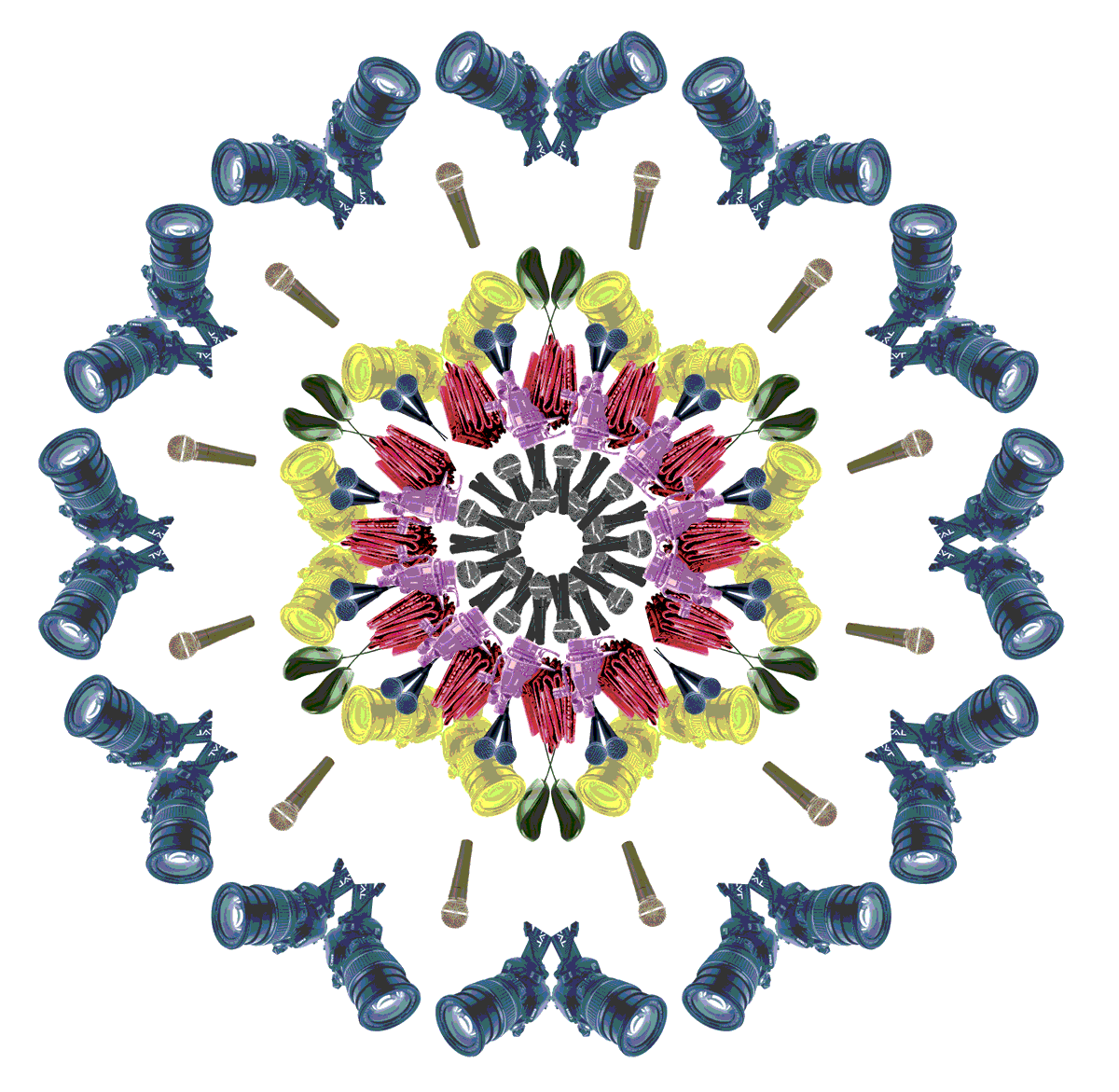
The FMCG landscape is shifting—fast. As consumer habits evolve and the retail environment gets more competitive, the brands winning in 2025 are the ones blending agility with insight, relevance with reach, and commerce with creativity.
From digital disruption to changing shopper priorities, a new playbook is emerging. And for FMCG marketers, now is the time to rethink what drives real impact—on shelf, in cart, and across every touchpoint in between.
Here are the top trends shaping the FMCG category in 2025—and how forward-thinking brands are turning them into competitive advantage.
1. Community-First Marketing
Forget the old rules of one overarching brand message pushed to everyone. In 2025, it’s all about showing up meaningfully to the right groups — in ways that are relevant to their world.
From creator partnerships to employee-led content and niche communities, the most impactful brands are trading broad reach for deep resonance. They’re letting others tell their story — through UGC, EGC, and microinfluencer collaborations that feel authentic, trusted, and localised.
New product development has always been deliberate—but in today’s market, getting onto shelves is harder than ever. Retailer expectations are high, and consumer expectations are even higher.
Retail media isn’t new, but it’s becoming sharper—and far more strategic. Woolworths, Coles, and Chemist Warehouse are doubling down on their owned ad platforms, creating powerful but complex ecosystems for brands to navigate.
Simply investing budget isn’t enough. To achieve real cut-through in a crowded, high-intent environment, brands need specialist creative partners who understand how to build performance-led, insight-rich assets tailored for retail media networks. The brands seeing the biggest returns are those treating retail media as a distinct creative discipline—not just another media buy.
With household budgets under pressure, private label products are gaining real estate. For FMCG brands, the response isn’t to race to the bottom on price—but to double down on value. That means more than cost—it means quality, transparency, functionality, and emotional connection.
The brands standing out are the ones that anchor their offer in a sense of identity—delivering products that connect with how shoppers see themselves, and how they want to show up in the world.
In 2025, sustainability isn’t a brand differentiator—it’s an expectation. Eco-friendly packaging, ethical sourcing, and low-impact operations are now baseline hygiene factors.
But here’s the catch: most consumers aren’t changing their buying habits based on sustainability stories alone. With financial pressures mounting, cost is often the deciding factor. Brands still need to show up credibly on sustainability—but storytelling needs to be backed by value. Green claims alone without practical benefit aren’t enough to convert at shelf.
The FMCG brands that will lead in 2025 aren’t just adapting—they’re anticipating. They’re using digital signals to guide decision-making, building shopper confidence through storytelling, and bridging the gap between brand and buyer with creativity and commercial thinking.
Winning the shelf starts long before the store. And for today’s FMCG marketers, success lies in showing up smarter, faster, and more meaningfully at every moment that matters.
Keen to turn these trends into action for your next campaign?
Let’s talk.
Share this